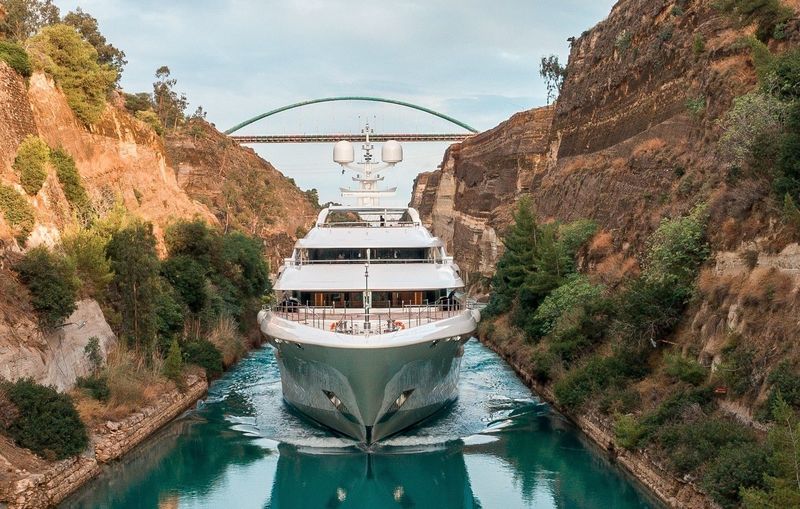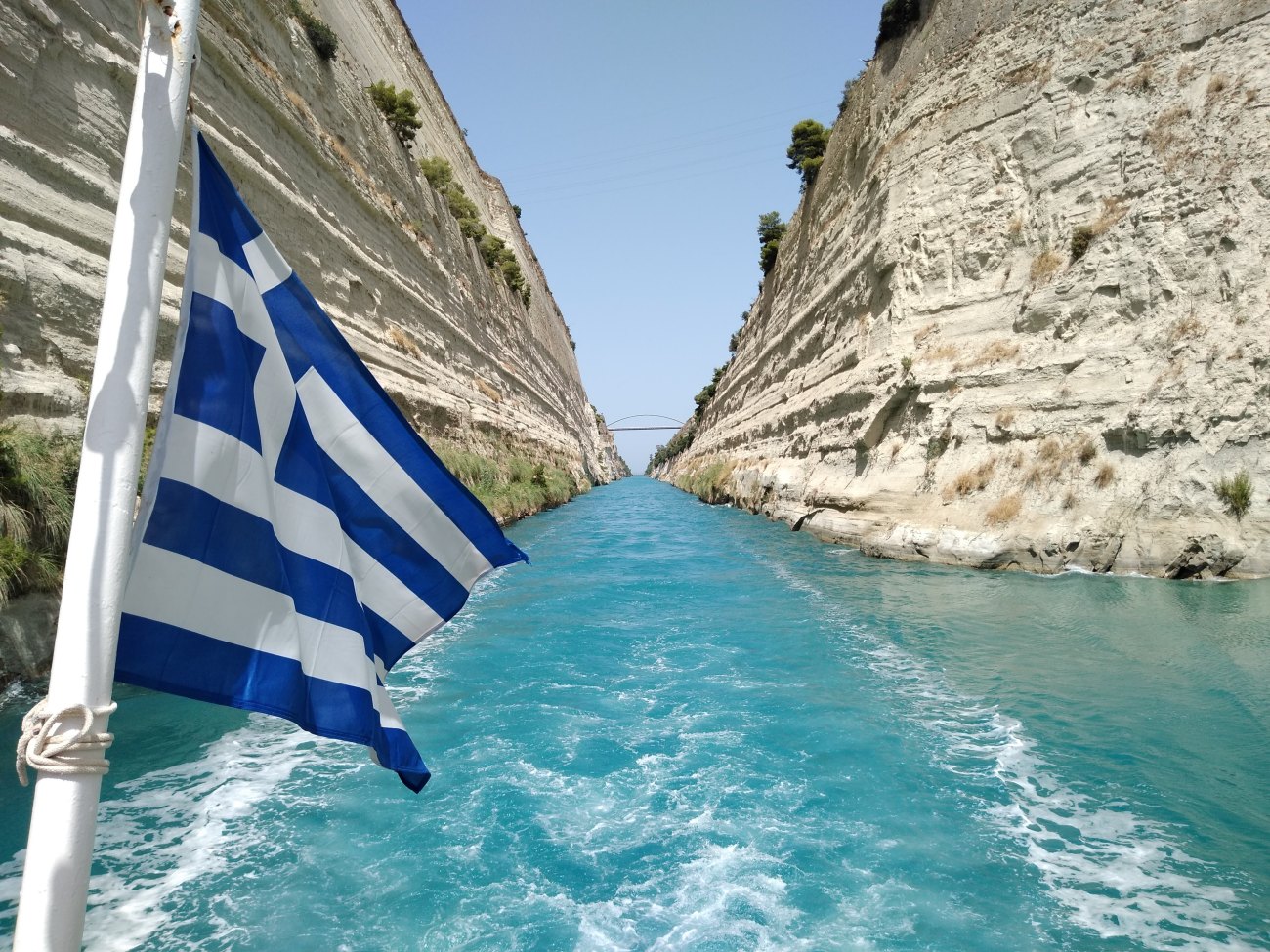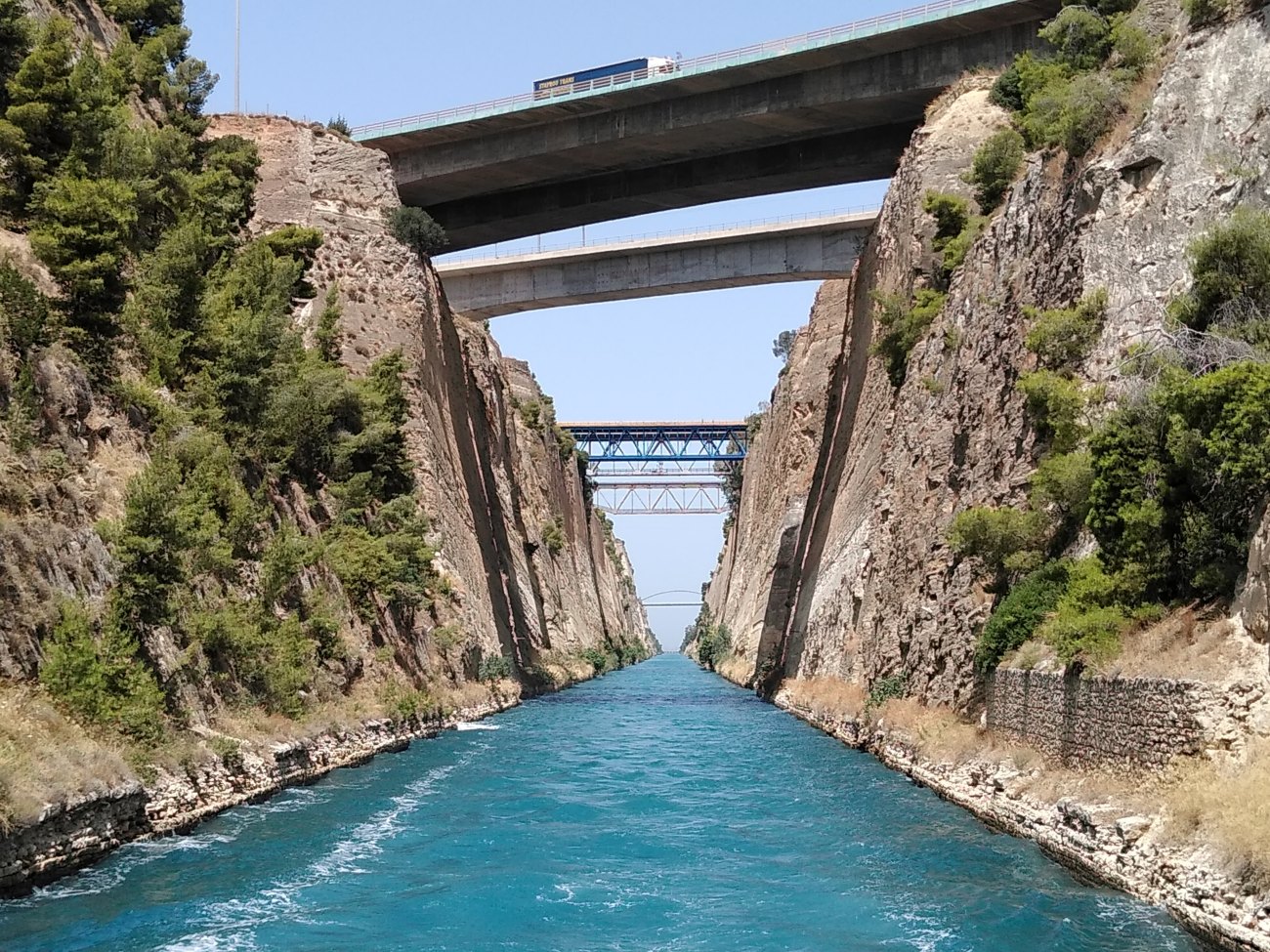The Corinth Canal remains Closed

Caroline Blatter 05 Jul 2021 Greece / Mediterranean
The Corinth Canal, one of the most important infrastructure works of modern Greece which completely revolutionized its maritime activity, has remained closed to maritime traffic since January 2021.

A vital artery for 11,000 ships a year. Walls soaring 79m tall, making this the world’s deepest canal, in places as narrow as 25m wide. Daring Ship’s masters run the gauntlet in ship’s that only just fit the canal’s steep’s sides!
The Canal unfortunately suffered damage due to landslides at that time, making maritime passage dangerous. Repair work is currently under way, but there is no clear timetable as to when it will be completed.
According to the studies carried out so far by the Ministry of Infrastructure & Transport, moisture and erosion caused the loss of the stone piers that supported and protected the ground from falling into the canal.

The preliminary work on the studies is expected to be completed in September 2021. Then the construction for the project will go up for bid, and the preliminary works on the sides of the Canal will begin subsequently.
As Greece opens up to tourism and yachts this summer, thousands of visitors who pass through from the Ionian to the Aegean Seas on yachts and cruise ships will either have to cancel or take the long and much costlier route around the Peloponnesian peninsula.
The future of the operator of the Canal and its employees is also at stake, as revenues have now completely dried up.
“It is a very important project and we should not forget that it was built in the 19th century. The time has come now, in the 21th century, for the necessary interventions,” commented the Greek Prime Minister, Kyriakos Mitsotakis, on a visit to the Canal a couple of months ago, adding that repairs will cost millions of euros.

The Corinth Canal changed maritime routes, with Construction works started in 1882, and The Canal was opened for use on July 25, 1893.
Also known as the Isthmus of Corinth, the canal connects the Ionian and the Aegean Seas making the passage of cargo and passenger ships between the two seas much quicker.
Today, two road bridges, two railway bridges and two submersible bridges at both ends of the canal connect the mainland side of the isthmus with the Peloponnesian side. In addition, a military emergency bridge is located at the west end of the canal.
Images of Corinth Canal landslide: courtesy to the Greek Reporter


